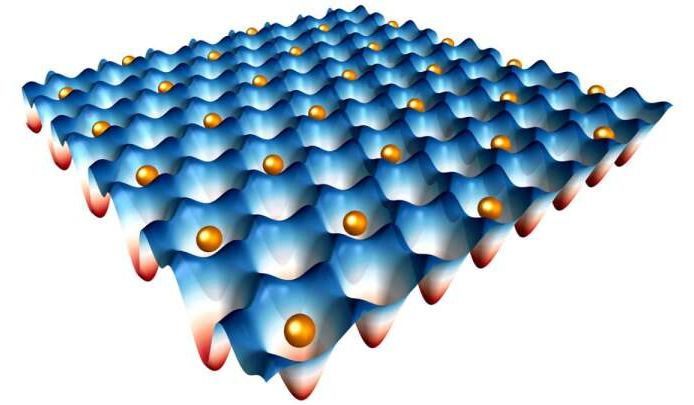Leveraging new tech, DARPA aims for night-vision goggles the size and weight of regular eyeglasses.
Like.
Comment.
For decades U.S. warfighters have benefitted from advanced night-vision technology, allowing pilots to fly low-level missions on pitch-black nights and ground forces to conduct operations against adversaries in the dark. But current night-vision goggle (NVG) technology requires cumbersome binocular-like optics mounted on a helmet, offering limited field of view (FOV) and putting unhealthy strain on the wearer’s neck. Building on recent scientific advances in photonics and optical materials pioneered in DARPA’s Defense Sciences Office (DSO), a new effort seeks to develop next-generation NVGs that are as lightweight and compact as a pair of regular eyeglasses or sunglasses.
DARPA today announced its Enhanced Night Vision in eyeglass form (ENVision) program. ENVision aims to create lightweight NVGs that offer a wide FOV across multiple infrared (IR) spectrum bands without needing separate optics for each IR band. The goal is to enable night vision through fog, dust, and other obscurants as well as provide thermal vision – all via a single flat lens. A Proposers Day for interested participants is being held via webinar on January 212021.
“Our warfighters experience significant neck strain from current NVGs caused by the weight of the optics extending 4–5 inches in front of their helmets,” said Rohith Chandrasekar, program manager in DARPA’s Defense Sciences Office. “If you’ve never worn NVGs for hours at a time imagine wearing a baseball cap all day with a two-pound weight attached to the front of the bill – that gives you a small sense of the stress experienced. Extended use of such systems leads to a condition where the neck no longer has energy to keep the head upright requiring warfighters to use their hands to lift and point their heads. NVG wearers also have to swivel their heads frequently for peripheral vision since current optics only provide a 40-degree field of view compared to the 120-degree wide view we have with our eyes, which only makes use of NVG systems more painful.”








